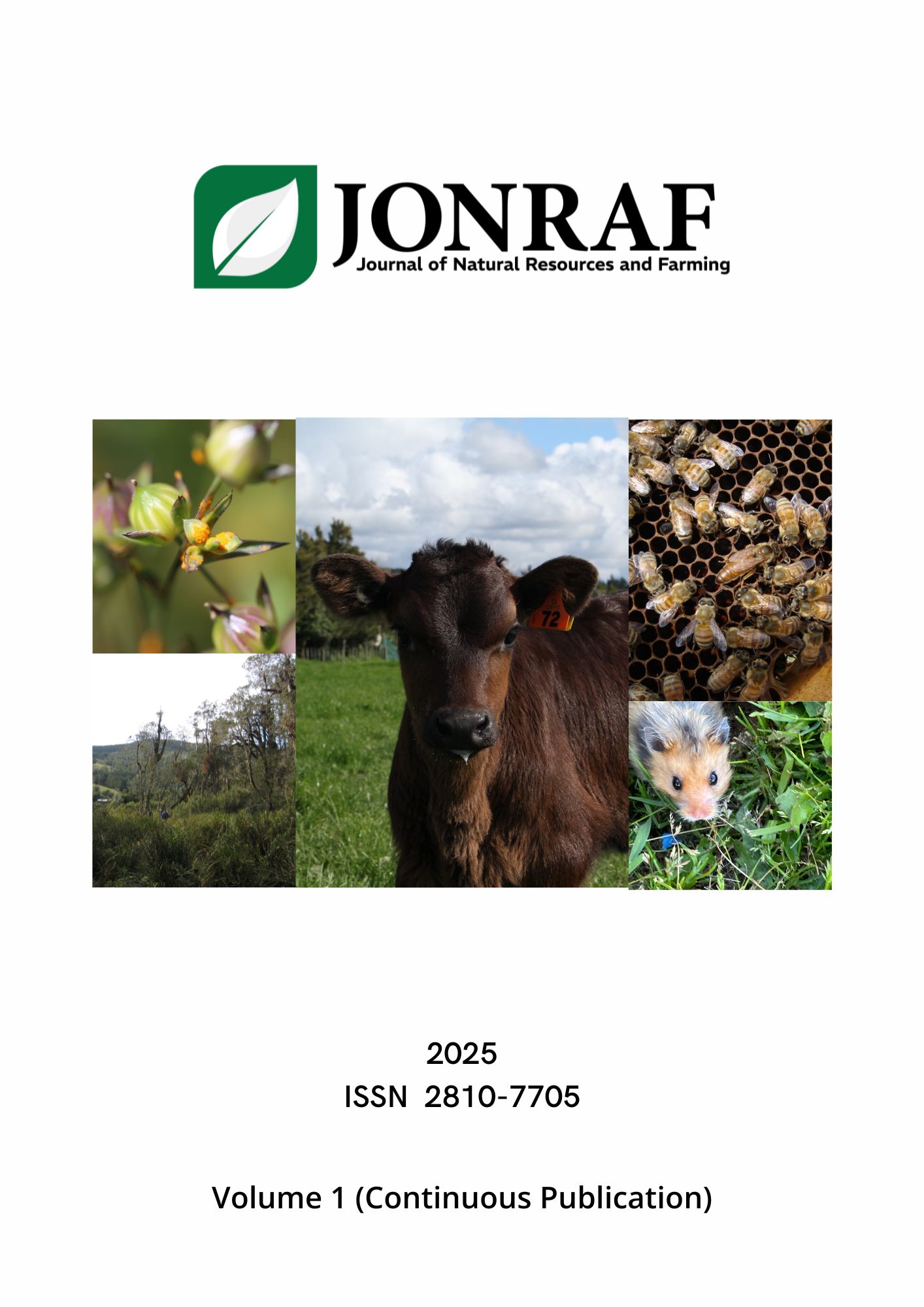Contributions to the Flora of Gaianes: The Village Located at the Foot of the Sierra del Benicadell (Eastern Spain)
Published 2025-09-01
Keywords
- flora,
- vascular plants,
- cryptogams,
- Valencian Community
Copyright (c) 2025 Jordi Martinez-Jorda , Salvador Chiva Natividad (Author)

This work is licensed under a Creative Commons Attribution-NonCommercial 4.0 International License.
Abstract
This study focuses on cataloguing the flora in Gaianes, a locality situated on the slopes of the Sierra del Benicadell in the northern province of Alicante, Spain. The region, characterized by its Mediterranean climate and diverse habitats, harbours a notable floristic richness. According to the Banc de Dades de Biodiversitat de la Comunitat Valenciana (BDBCV), over 650 species of the Plantae kingdom have been recorded, including nearly 50 bryophytes and 10 pteridophytes, as well as almost 300 fungi. Sampling conducted between February and March 2024 revealed 14 new records, highlighting the limited knowledge of local flora. Detailed cataloguing of these species is essential to understand plant biodiversity and their distribution in specific microhabitats, which is fundamental for the conservation and management of these unique Mediterranean ecosystems.
Downloads
References
- Allen HD (2009) Vegetation and ecosystem dynamics. En: Woodward J (ed) The Physical Geography of the Mediterranean. Oxford University Press, Oxford, pp 203– 229.
- BDBCV (2025) Banc de Dades de la Biodiversitat de la Comunitat Valenciana. [www.bdb.gva.es]. Conselleria de Medi Ambient, Infraestructures i Territori. Generalitat Valenciana. DOI: https://doi.org/10.15468/b4yqdy Accedido el 25 de febrero de 2025
- Belda Cabanes J (2022) Estudio de la vegetación y el suelo de l'Ombria del Benicadell Tesis doctoral, Universitat Politècnica de València.
- Costa Talens M (1986) La vegetació al País Valencià, Secretariat de Publicacions, Universitat de València, València.
- Elorza MS, Ortiz DG, Deltoro V (2011) La flora alóctona de la Comunidad Valenciana (España). Botánica Complut 35:97-130.
- Fischer M, González García V (2015). An annotated checklist of European basidiomycetes related to white rot of grapevine (Vitis vinifera). Phytopathol Mediterr 54:281–298. https:// doi.org/10.14601/Phytopathol_Mediterr-16293
- García MB, Domingo D, Pizarro M, Font X, Gómez D, Ehrlén J (2020) Rocky habitats as microclimatic refuges for biodiversity. A close-up thermal approach. Environ Exp Bot https://doi.org/10.1016/j.envexpbot.2019.103886
- Garrido-Benavent I, Velasco-Santos JM, Pérez-De-Gregorio MȦ, Pasaban PM (2020) Fomes inzengae (Ces. & De Not.) Cooke en la Península Ibérica. Butll Soc Micol Valencia 24:151-170.
- Jiménez MP, Fernández PMD, Sánchez LG (1997) Regiones de procedencia de Quercus pyrenaica Willd., Quercus faginea Lam. y Quercus canariensis Willd. Cuad SECF 5:135–141. https://doi.org/10.31167/csef.v0i5.9122
- Kucharski L, Kloss M, Sienkiewicz J, Liszewska M, Kiełtyk P (2019) Impact of climate change on ivy (L.) expansion in forests of Central Poland. Folia Forestalia Polonica, Ser A 61:211–221. https://doi.org/10.2478/ffp‑ 2019‑ 0020.
- La Ombria del Benicadell - Espacios Naturales Protegidos - Generalitat Valenciana. (s. f.). Espacios Naturales Protegidos. https://mediambient.gva.es/es/web/espaciosnaturales- protegidos/la-ombria-del-benicadell. Accedido el 25 de febrero de 2025.
- Mateo Sanz G, Crespo Villalba MB, Lumbreras EL (2011) Flora valentina: flora vascular de la Comunitat Valenciana. Pteridophyta, Gymnospermae, Angiospermae (I). Volumen 1. Fundación de la Comunitat Valenciana para el Medio Ambiente, València. Mateo G, Crespo MB (2014) Claves ilustradas para la flora valenciana. Ed. Jolube Consultor Botánico y Editor, Jaca.
- Mateo G, Crespo MB (2015) Novedades taxonómicas y nomenclaturales para la flora del Sistema Ibérico, I. Fl Montiber 59:88-96.
- Médail F, Diadema K (2009) Glacial refugia influence plant diversity patterns in the Mediterranean Basin. J Biogeogr 36:1333-1345.
- Míguez M, Martín-Bravo S, Jiménez-Mejías P (2018) Reconciling morphology and phylogeny allows an integrative taxonomic revision of the giant sedges of Carex section Rhynchocystis (Cyperaceae). Bot J Linn Soc 188:34-58.
- Opdam P, Wascher D (2004) Climate change meets habitat fragmentation: linking landscape and biogeographical scale levels in research and conservation. Biol Conserv 117:285-297.
- Pérez-Anta I, Rubio E, López-Serrano FR, Garcés D, Andrés- Abellán M, Picazo M, Chebbi W, Arquero R, García- Morote FA (2024) Transpiration dynamics of Esparto grass (Macrochloa tenacissima (L.) Kunth) in a semi-arid mediterranean climate: unraveling the impacts of Pine competition. Plants, 13:661. 1. https://doi.org/10.3390/ plants13050661
- Piqueras Haba J (1999) El espacio valenciano: una síntesis geográfica. Gules, València.
- Pla-Bañuls J, Membrado-Tena JC (2022) Puesta en valor del patrimonio rural valenciano para su dinamización económica. El caso de Beniatjar (España). Inhancing the value of Valencian rural heritage for its economic dynamisation. The case of Beniatjar (Spain). Terra: revista de desarrollo local 10:192-220.
- Post E, Forchhammer MC, Bret-Harte MS, Callaghan TV, Christensen TR, Elberling B, Fox AD, Gilg O, Hik DS, Høye TT, Ims RA, Jeppesen E, Klein DR, Madsen J, McGuire AD, Rysgaard S, Schindler DE, Stirling I, Tamstorf MP, Tyler NJC, van der Wal R, Welker J, Wookey PA, Schmidt NM, Aastrup P (2009) Ecological dynamics across the Arctic associated with recent climate change. Science 325:1355-1358.
- Puche F, Gimeno C, Segarra JG (1998) Lista de los briófitos de la Comunidad Valenciana. Orsis 13:27-41.
- Reis J (2016) Lista de taxa invasores e de risco para Portugal. Versão pré-publicação, de Salamanca Sánchez-Cámara ÁE (2024) El género Populus en España: diversidad, distribución y conservación. Fl Montiber 89:57-66.
- Scanes CG (2018) Human activity and habitat loss: destruction, fragmentation, and degradation. En: Toukhsati SR (ed) Animals and human society. Academic Press, London, pp 451-482.
- Tabeni MS, Bonjour LDJ, Bender B (2023) First record of Iris pseudacorus L. (Iridaceae) in natural and artificial wetlands of western dryland, Argentina. BioInvasions Rec 12:943–949.
- Villaseñor, J. L. (2016). Checklist of the native vascular plants of Mexico. Rev Mex Biodivers 87:559-902.


